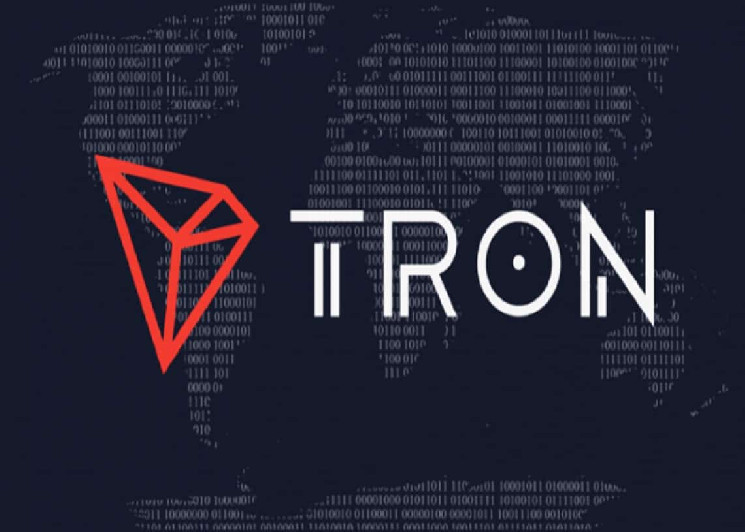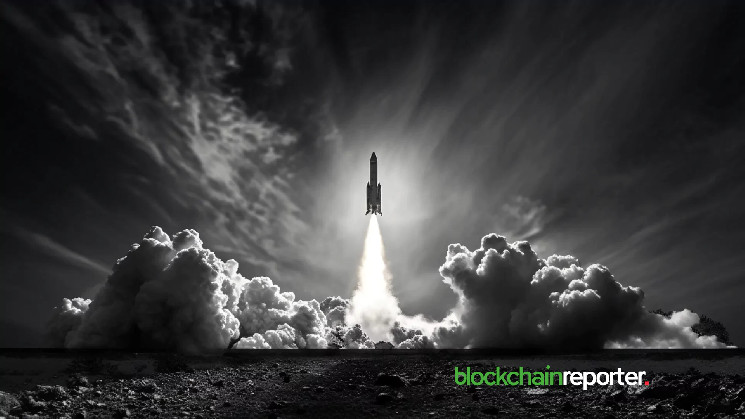Bitcoin (BTC) mining company Hut 8 recently ventured into the GPU-as-a-service sector, showcasing its ability to generate revenue from an AI cloud developer’s GPU cluster. This new venture is housed in a tier-three data center in Chicago and boasts multiple Hewlett Packard Enterprise Cray supercomputers fueled by 1,000 NVIDIA H100 GPUs.
In collaboration with HPE and AdvizeX, Hut 8 meticulously designed, configured, and launched this cluster, which is now under the operation of its subsidiary, Highrise AI. Securing a five-year agreement with the AI cloud developer, the company ensured fixed infrastructure payments and a revenue-sharing arrangement.
“The introduction of our GPU-as-a-service offering expands our compute layer portfolio, which now encompasses AI compute, Bitcoin mining, and traditional cloud services,” noted Asher Genoot, CEO of Hut 8.
This strategic move aims to optimize the utilization of power assets and digital infrastructure by expanding the compute layer to encompass energy-intensive technologies.
“We are excited to contribute to the launch of Hut 8’s GPU-as-a-service initiative alongside our valued partner AdvizeX, by delivering top-tier high-performance computing solutions,” remarked Jerome Boucher, Vice President and General Manager of HPC and AI Solutions, North America at HPE.
The Role of AI and Cloud Computing in Mining
The cost associated with mining a single BTC nearly doubled in the span of a year, surging from $14,907 to $26,232, as reported by Hut 8 regarding its Q2 activities. This surge in costs was also observed by other Bitcoin mining firms, with TeraWulf reporting a staggering 243.2% increase in energy expenses.
Given these circumstances, Hut 8’s foray into AI and cloud computing seems well-timed and in alignment with industry trends. Other mining companies are also taking similar steps, as evidenced by Core Scientific’s collaboration to supply 70 megawatts to CoreWeave’s Nvidia GPUs. Moreover, Reuters projects that 20% of Bitcoin miners’ power capacity will transition to AI utilization by the end of 2027.
However, the shift towards AI is not without its challenges. CEO of CleanSpark, Zach Bradford, cautioned that building advanced data centers for AI endeavors can take up to three years, and many Bitcoin miners venturing into AI may underestimate the complexities involved.









